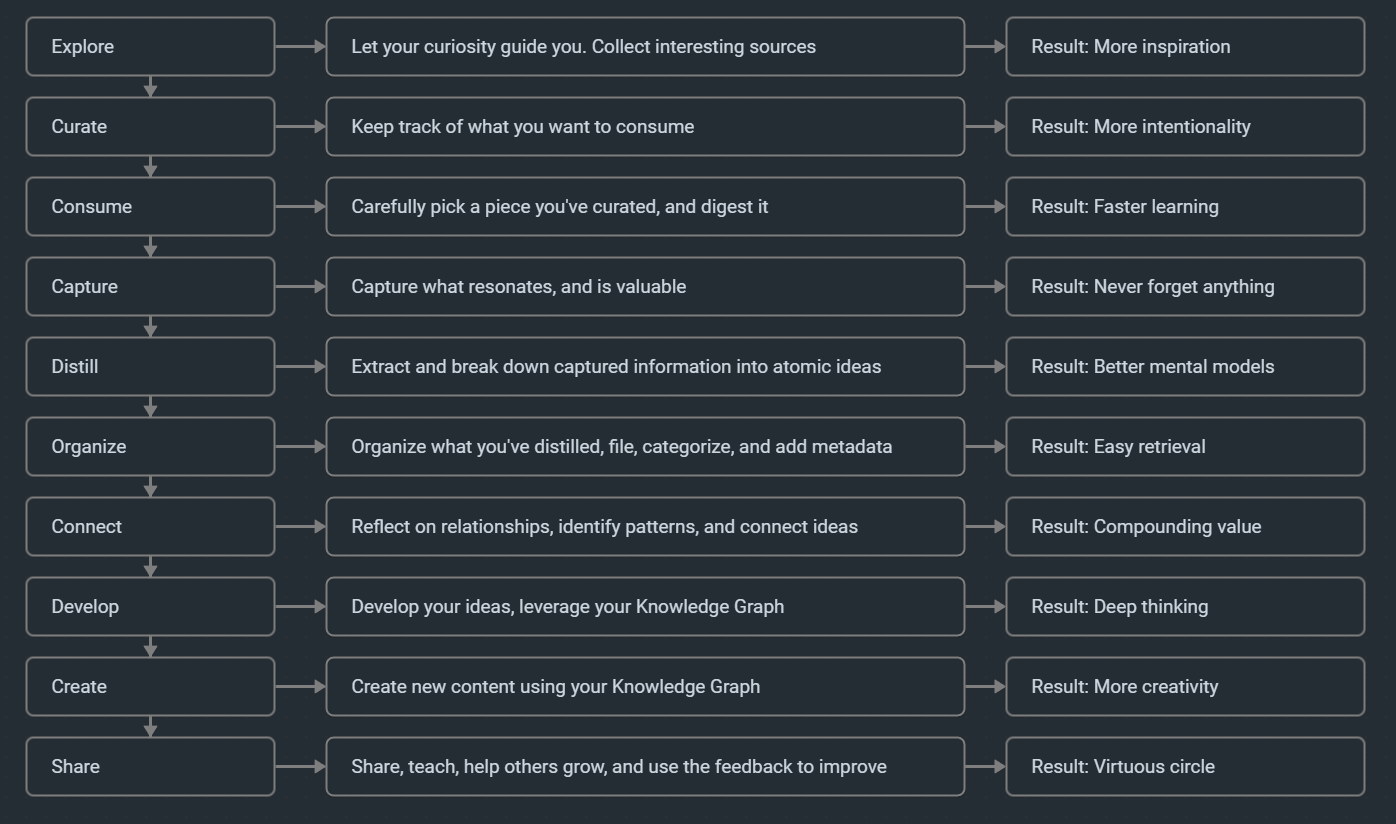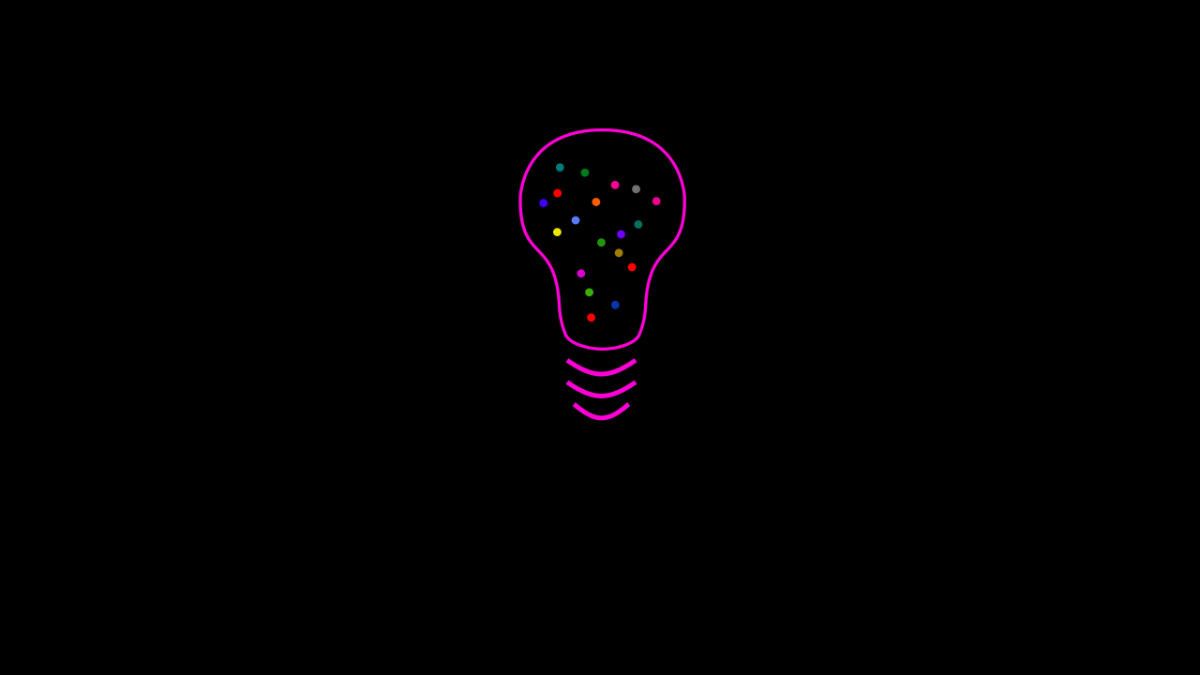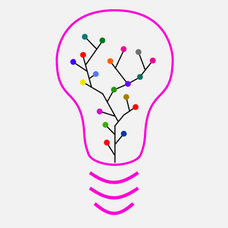Transform Information Chaos Into Knowledge Power - A Simple 10-Step Process
Most knowledge workers are drowning in information but starving for wisdom. Discover a simple yet powerful process to transform scattered information into meaningful knowledge and action.

Most knowledge workers are drowning in information but starving for wisdom. They capture everything but leverage almost nothing. Discover a simple yet powerful process to transform scattered information into meaningful knowledge and action. Learn the ten essential steps of Personal Knowledge Management that will help you think better, learn faster, and create more value—without getting lost in complex systems.
In this article, I want to explore a simple yet powerful process that will help you transform scattered information into meaningful knowledge and action.
Introduction
We're all swimming in an ocean of information. Articles, books, podcasts, videos, social media posts... The amount of content we encounter daily is mind-boggling. But here's the thing: consuming more information doesn't automatically lead to more knowledge or better outcomes.
The real challenge isn't accessing information—it's transforming that information into practical wisdom that serves your goals.
That's where a proper Personal Knowledge Management (PKM) process comes in.
The Personal Knowledge Management Process
Let me walk you through a process that I've refined over years of helping knowledge workers and lifelong learners build effective PKM systems.
TL;DR
Here's a summary of this article:

Let me listen to this
I have used NotebookLM to generate a podcast version of this article. You can find it here:
1. Explore
The journey begins with exploration. Let your curiosity guide you toward valuable sources of information. But remember: the goal isn't to consume everything. Be intentional about what catches your attention.
Key benefits:
- More inspiration for your work and life
- Better awareness of valuable resources
- Natural discovery of new ideas and perspectives
2. Curate
This is where you separate the signal from the noise. Create a simple reading inbox. Filter out what doesn't align with your goals. Keep track of what's worth your attention.
The beauty of this step is that it helps you become more intentional about your learning journey. No more random consumption!
3. Consume
Pick ONE piece you've curated and give it your full attention. Read actively. Take your time to digest the material properly. This focused approach leads to faster learning and better retention.
Don't fall into the trap of trying to consume everything at once. That's a recipe for overwhelm.
4. Capture
Write down what resonates and serves YOUR goals. This is where many people go wrong—they try to capture everything, creating digital hoarding instead of valuable knowledge.
Remember: The goal isn't to create a second Google. It's to build a personal knowledge base that serves your specific needs and objectives.
5. Distill
Break down captured information into atomic ideas. Extract the essence. Make it your own. This step is crucial for building better mental models and deeper understanding.
Think of it like taking raw ingredients and turning them into a nourishing meal. You're not just storing; you're processing and making the knowledge truly yours.
6. Organize
Here's where many people stumble, trying to create the "perfect" organization system. But here's the truth: there is no perfect system. What matters is having a simple, sustainable approach that grows with you.
Start simple. Create basic structures that make sense for YOUR needs. You can always evolve your system later.
7. Connect
This is where the magic happens. Start linking related ideas. Identify patterns. Build bridges between concepts. Your knowledge graph comes alive, revealing new insights and possibilities.
Don't worry about creating complex connection schemes. Focus on natural associations that make sense to you.
8. Develop
Use your growing knowledge base to think deeply about your interests. Challenge your assumptions. Explore implications. This is where real understanding emerges.
The beauty of this step is that it transforms passive knowledge into active wisdom.
9. Create
Transform your insights into concrete outputs. Share your unique perspective. Build in public. Your knowledge graph becomes a powerful engine for creativity and innovation.
This step ensures that your PKM system isn't just a collection of notes—it's a foundation for creating value.
10. Share
Teaching others helps you learn better. Share your knowledge. Help others grow. Use their feedback to improve your understanding.
This creates a virtuous circle of growth and learning.
Common Pitfalls to Avoid
- Capturing Without Purpose: Don't fall into the trap of collecting everything. Always ask: "How does this serve my goals?"
- Overcomplicated Systems: Start simple. Avoid the temptation to create complex organizational structures right away. Let your system grow organically with your needs.
- Perfectionism Paralysis: Don't spend weeks researching the "perfect" PKM setup. Start with a basic structure and evolve from there.
Unexpected Benefits
Beyond the obvious advantages of better learning and organized knowledge, this process offers some surprising benefits:
- Greater clarity about your life purpose
- Better understanding of your core values
- Clearer sense of priorities
- Improved decision-making
- Enhanced creative capabilities
- Deeper self-awareness
Going Further
If you want to implement this process without getting lost in system design, consider starting with my Obsidian Starter Kit. It provides a simple, proven structure that lets you focus on what matters: leveraging your knowledge.

For a deeper dive into Personal Knowledge Management, check out my Knowledge Management for Beginners course, where I walk you through implementing this exact process step by step.

Conclusion
The key to successful Personal Knowledge Management isn't complexity—it's consistency and purpose. Start simple, focus on your goals, and let your system grow naturally with your needs.
Remember: The goal isn't to create the perfect system. It's to build a practical tool that helps you think better, learn faster, and create more value.
That's it for today! ✨
About Sébastien
I am Sébastien Dubois. You can follow me on X 🐦 and on BlueSky 🦋.
I am an author, founder, and coach. I write books and articles about Knowledge Work, Personal Knowledge Management, Note-taking, Lifelong Learning, Personal Organization, and Zen Productivity. I also craft lovely digital products . You can learn more about my projects here.
If you want to follow my work, then become a member.
Ready to get to the next level?
To embark on your Knowledge Management journey, consider investing in resources that will equip you with the tools and strategies you need. Check out the Obsidian Starter Kit and the accompanying video course. It will give you a rock-solid starting point for your note-taking and Knowledge Management efforts.
If you want to take a more holistic approach, then the Knowledge Worker Kit is for you. It covers PKM, but expands into productivity, personal organization, project/task management, and more:
If you are in a hurry, then do not hesitate to book a coaching session with me:







